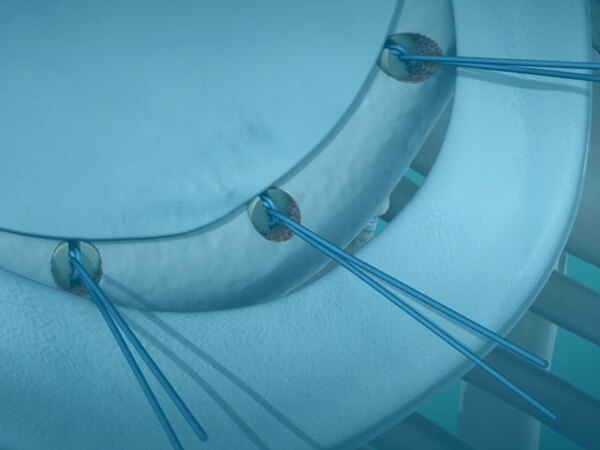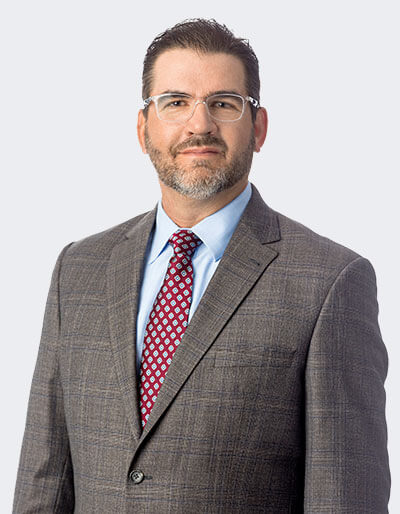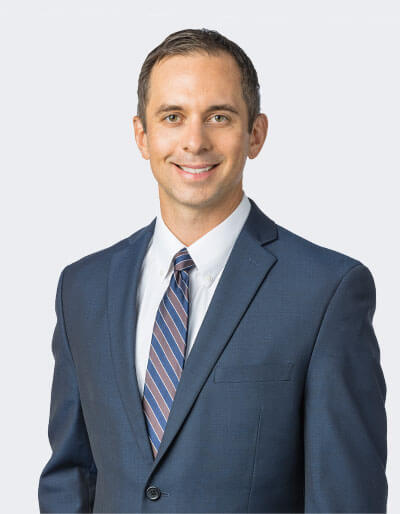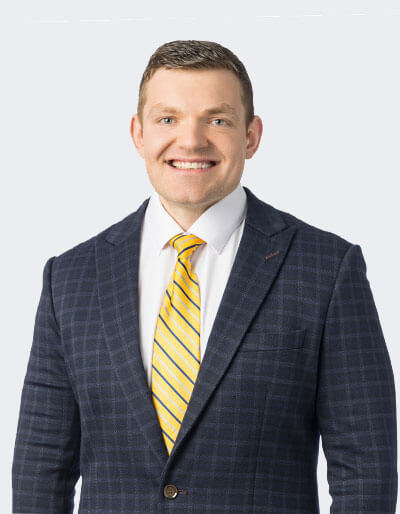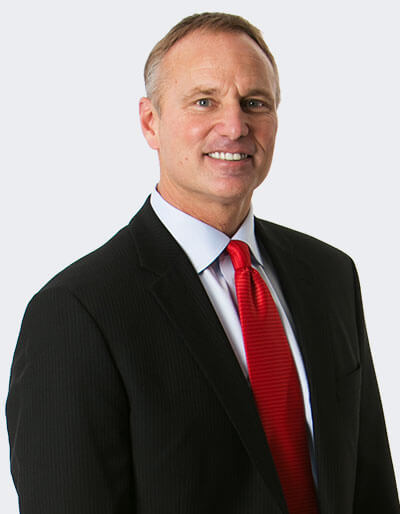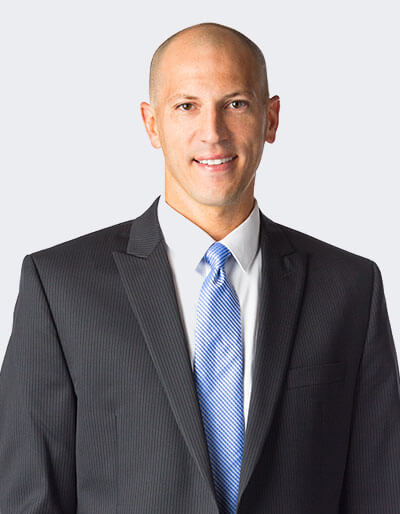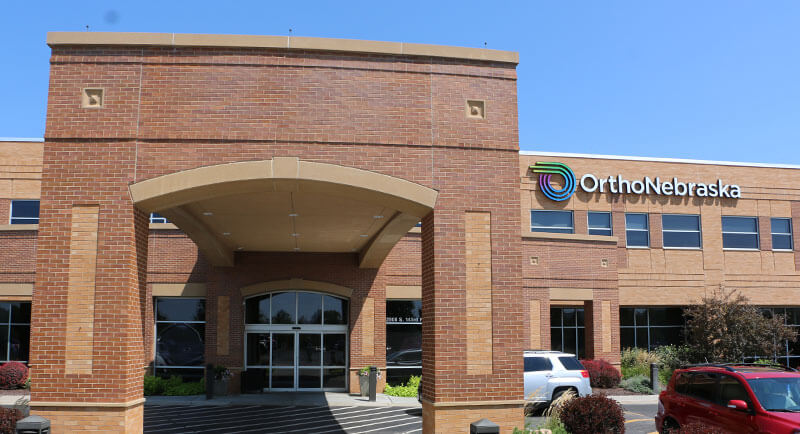What is a Bankart Repair?
The surgeon will anchor the torn cartilage back to the rim of the socket, with the goal of restoring stability to the shoulder, while preserving range of motion and reducing any pain.
Who should have a Bankart Repair?
People who have unstable shoulders and need their shoulders to become more stable are candidates. Bankart lesions themselves may heal on their own, but usually not in a way that allows the shoulder to function well. Therefore, you and your doctor may consider this surgery if rest, medicine, physical therapy or other treatments don’t relieve your symptoms.
How Well Does a Bankart Repair work?
Bankart repair surgery requires significant technical expertise and experience. Because there are multiple approaches (by scope, open surgery, anterior, posterior), a shoulder or sports medicine subspecialist with advanced fellowship training like the ones at OrthoNebraska will – in most cases – be able to offer an optimal outcome in terms of strength of the repair, compared to a general orthopaedic surgeon. The surgeons at OrthoNebraska perform hundreds of these surgeries each year. Success is also very dependent on committing to the prescribed physical therapy plan.
What can I expect when I have a Bankart Repair?
You may need a pre-surgical physical to make any necessary accommodations based on your health history. When you arrive at the hospital, you’ll speak to your surgeon and anesthesiologist. You will likely be under general anesthesia (fully asleep) for this procedure. You may or may not end up staying overnight, depending on the extent of the repair, your home support and pain tolerance.
You can return to most normal activities, including driving, when you are off the pain medicines, typically one to two weeks. Your stitches or staples will be removed at a follow-up appointment in 1-2 weeks. You will be required to wear a sling for 2-4 weeks depending on your surgeon’s protocol. After that, you’ll start physical therapy.
Strenuous activities should wait until full recovery, which is typically 3-4 months.



